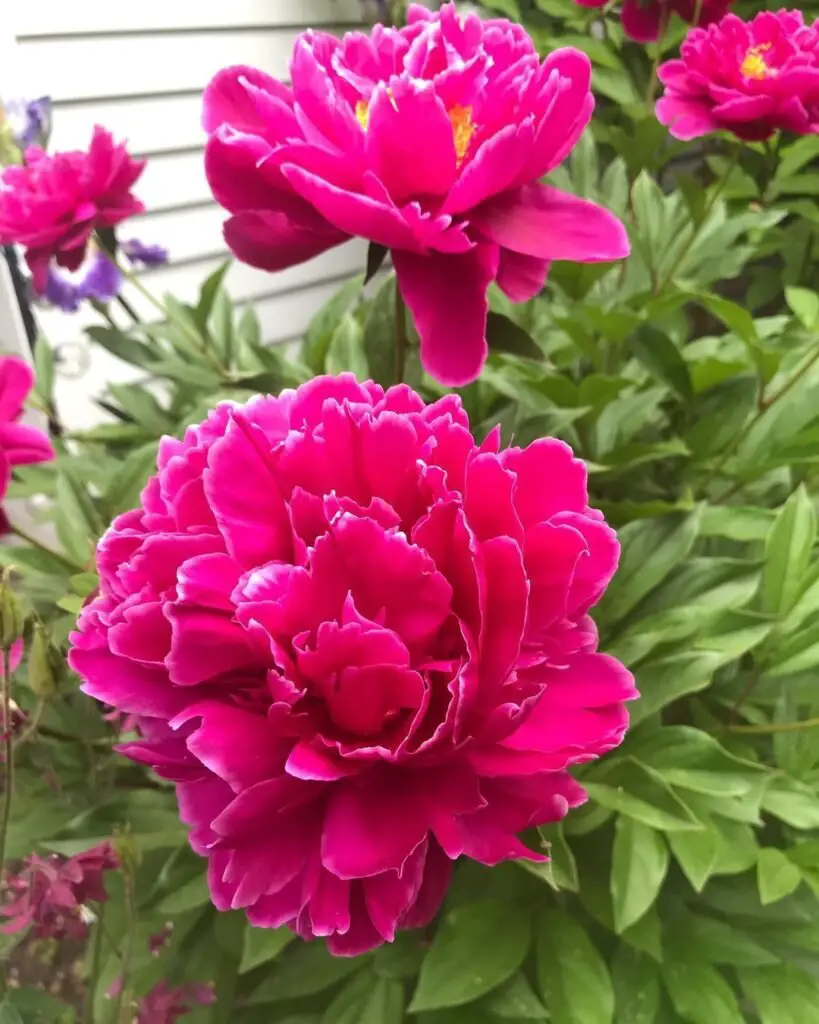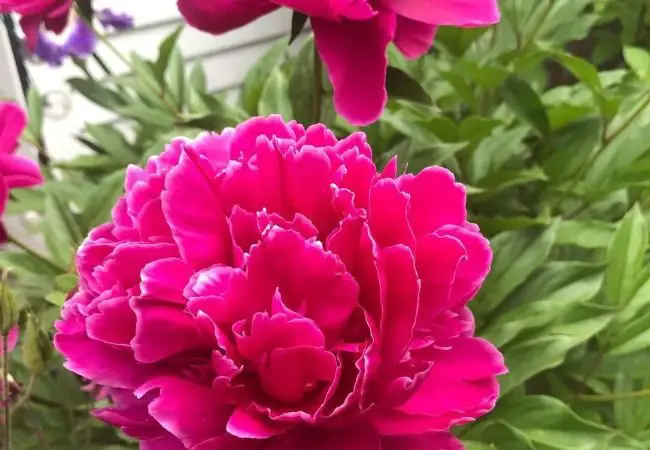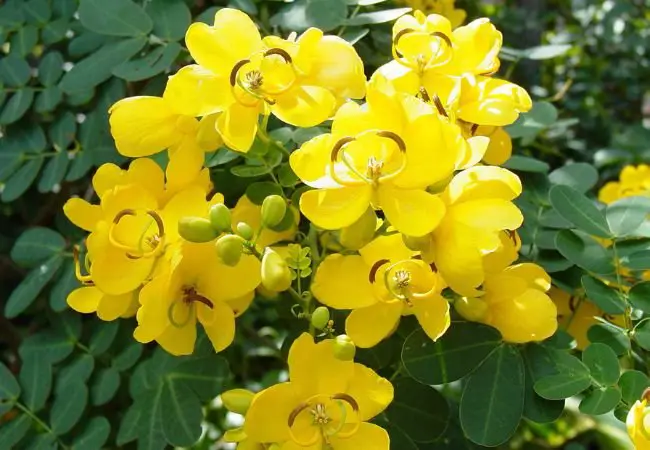The Karl Rosenfield peony is a popular herbaceous perennial known for its large, fragrant, deep red double flowers. It blooms in late spring to early summer, requires full sun to partial shade, well-draining soil, and minimal care once established. This hardy plant is ideal for USDA zones 3-8 and can live for decades with proper care.
As a horticulturist with over 20 years of experience specializing in perennial flowers, I’m excited to share my knowledge about the magnificent Karl Rosenfield peony. This guide will help you successfully grow and care for these stunning plants in your garden.
Introduction to Karl Rosenfield Peony

History and Characteristics
The Karl Rosenfield peony was introduced in 1908 by John F. Rosenfield and named after his son. It quickly became popular due to its vibrant color and reliability. Key features include:
- Large, double flowers up to 6-8 inches in diameter
- Deep red petals with a slight bluish tinge
- Strong, upright stems reaching 32-36 inches tall
- Mildly fragrant blooms
- Glossy, dark green foliage
For more on peony history, visit the American Peony Society’s website.
Planting Karl Rosenfield Peonies
Timing
Plant bare-root peonies in fall, about 6 weeks before the ground freezes. Container-grown plants can be planted in spring or fall.
Location
Choose a spot with:
- Full sun to partial shade (at least 6 hours of direct sunlight daily)
- Well-draining soil
- Protection from strong winds
Soil Preparation
Prepare the soil by:
- Testing pH (aim for 6.5-7.0)
- Adding organic matter like compost
- Ensuring good drainage
For soil testing information, check Cornell University’s Soil Health Lab.
Planting Process
- Dig a hole 2 feet wide and 2 feet deep
- Mix compost with native soil
- Place the peony so the eyes (buds) are 1-2 inches below soil surface
- Backfill and water thoroughly
Caring for Karl Rosenfield Peonies
Watering
- Water deeply once a week during the first growing season
- Once established, peonies are drought-tolerant but benefit from occasional deep watering
Fertilizing
- Apply a balanced, slow-release fertilizer in spring when new growth emerges
- Avoid high-nitrogen fertilizers, which can reduce blooming
For more on peony fertilization, visit Penn State Extension’s guide.
Pruning and Maintenance
- Remove spent blooms to maintain plant appearance
- Cut foliage to ground level in fall after first frost
- Apply a layer of mulch for winter protection in colder regions
Support
- Use peony rings or stakes to support heavy blooms
- Install supports early in the season before significant growth
Pest and Disease Management
Common issues include:
- Botrytis blight: Remove affected parts and improve air circulation
- Leaf blotch: Practice good sanitation and avoid overhead watering
- Ants: These are harmless and help open the flower buds
For more on peony diseases, check Michigan State University’s Extension page.
Propagation
- Divide mature plants every 10-15 years in fall
- Ensure each division has 3-5 eyes and healthy roots
- Replant divisions immediately
Using Karl Rosenfield Peonies in the Garden
Landscaping Ideas
- Plant in mixed perennial borders
- Use as focal points in garden design
- Create stunning cut flower arrangements
Companion Planting
Pair with:
- White peonies for contrast
- Late-spring blooming perennials like irises or catmint
- Early-summer bloomers like daylilies or coreopsis
For garden design ideas, visit the Royal Horticultural Society’s website.
The Karl Rosenfield peony is a timeless classic that brings vibrant color and elegance to any garden. With proper planting and minimal care, these peonies can thrive for decades, providing stunning blooms year after year. Remember to be patient, as peonies may take a few years to establish and produce abundant flowers. Whether you’re a seasoned gardener or a beginner, the Karl Rosenfield peony is a rewarding choice that will bring joy to your garden for years to come.
For more in-depth information on peonies, consider joining the American Peony Society.
For more gardening tips and plant care guides, visit usagardenhub.com.






